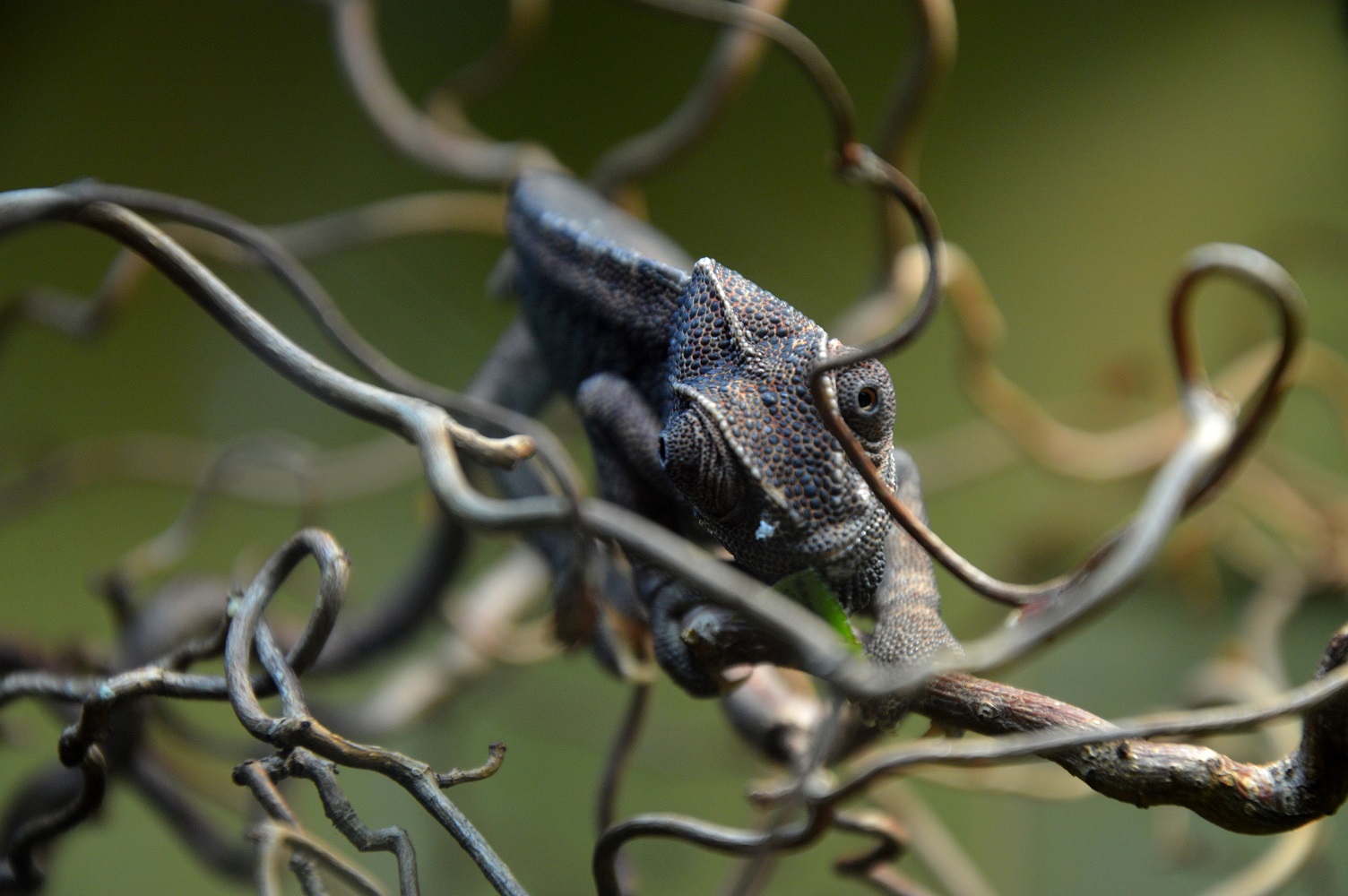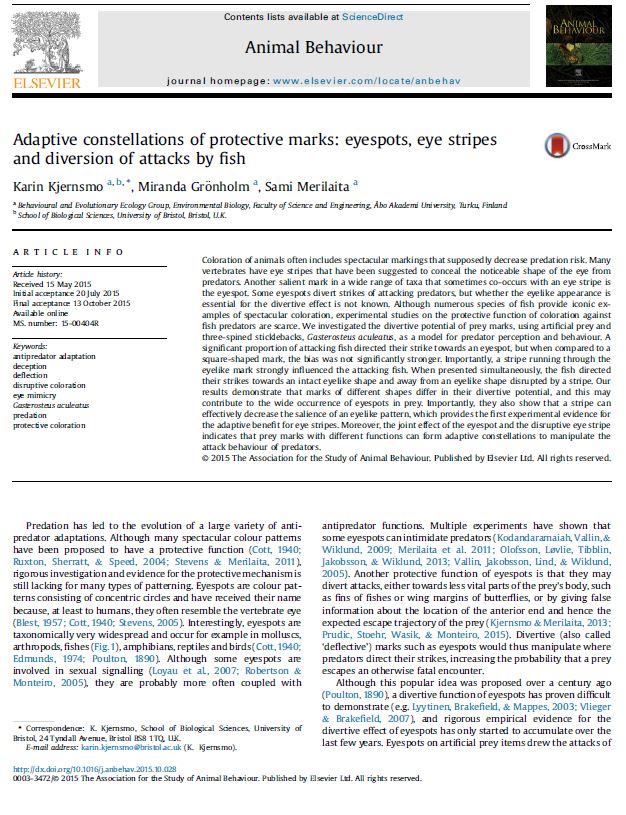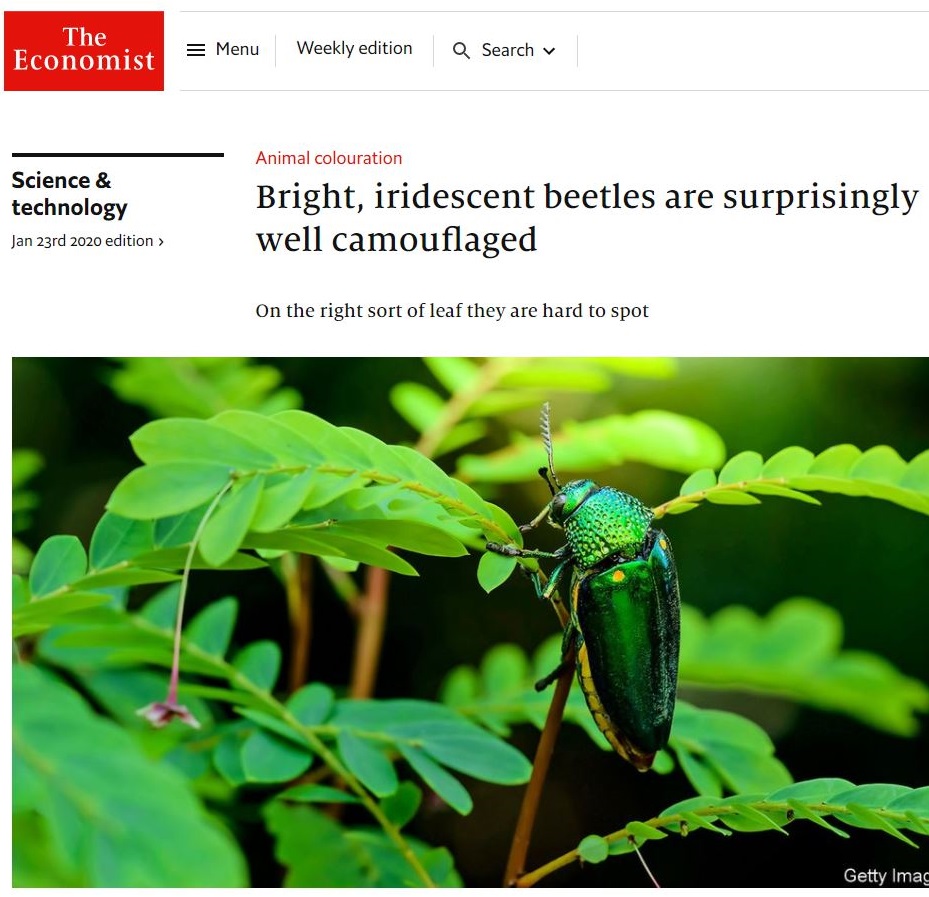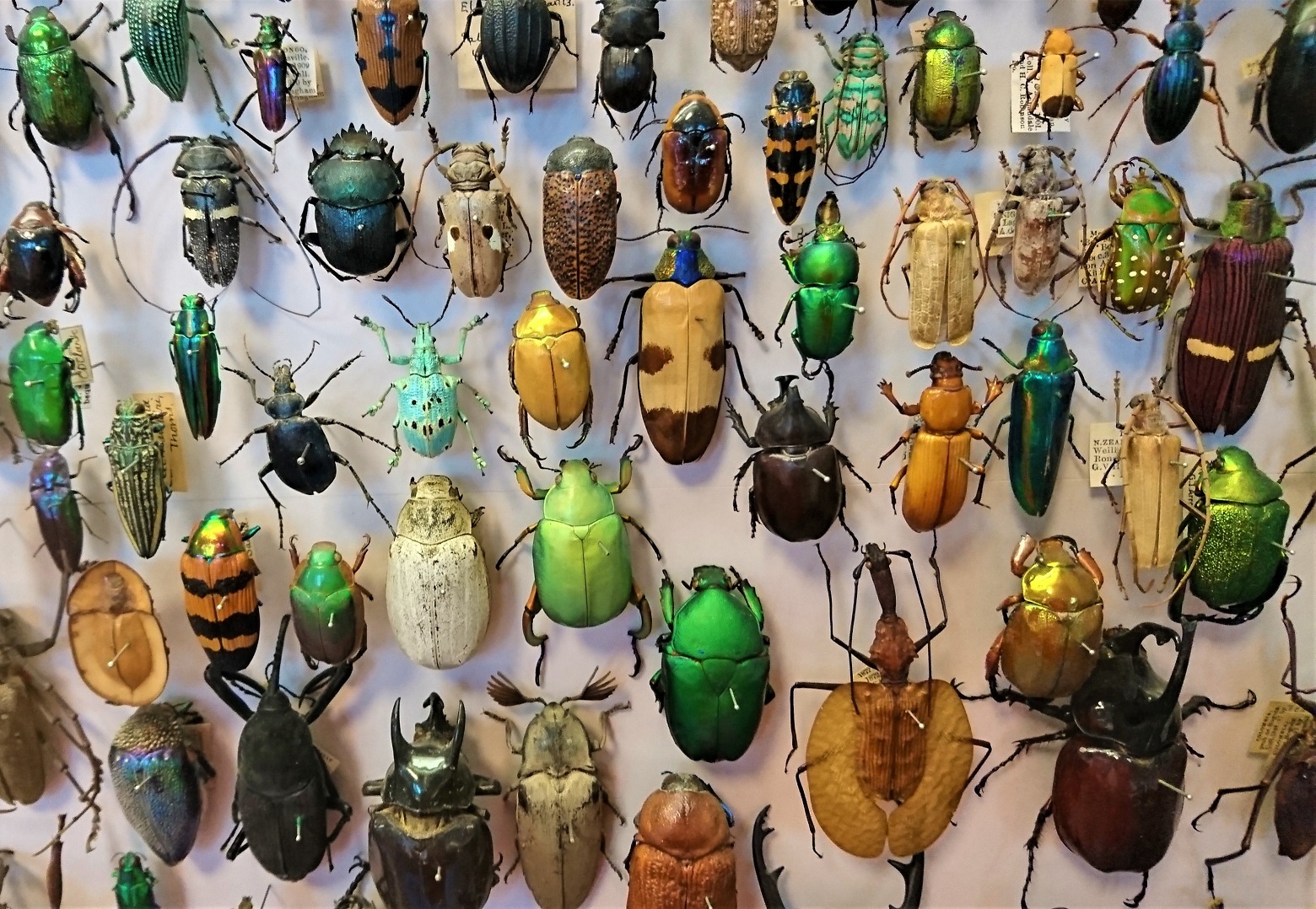One of my favourite research topics of late is the biological function(s) of structural coloration, particularly iridescence.
Iridescence is an enigmatic and striking form of coloration that changes depending on the angle of view, or angle of illumination.
This fascinating form of colouration can be admired in everything from the shimmering metallic elytra of beetles, to
the mesmerizing feathers that adorn peacocks, hummingbirds and my personal favourite: the Nicobar pigeon.
I mainly use behavioural experiments to investigate the impacts of iridescence on target detection, recognition and capture,
using insects, birds and humans as visual predators. This research is part of a BBSRC-funded project called
'Deceptive Iridescence'.
Another, favourite topic within protective coloration concerns the functions and mechanisms of 'Eyespots'.
Eyespots are colour patterns of roughly concentric circles, often of contrasting colours.
Eyespots are taxonomically widespread and can be seen for example in birds, reptiles and many species of insects, particularily common in
the order Lepidoptera (moths and butterflies). Here are some striking examples along with research on their protective function.
Currently, I am working on another BBSRC funded project called
'Concealing 3D shape' in which we
investigate ways to optimise camouflage for a given 3D shape, but also what makes objects easy to detect.
To investigate this, we are currently (mainly) using two different systems, wild cats (Feliade) and snails (example images below).
We have chosen these systems, because they have a solid background of research on which to build, but the colours operate at different spatial scales,
against different viewers and, importantly, with different mechanisms for generating the patterns.
All present new opportunities for a new, integrated approach to studying coloration and the interaction
between pattern development and evolutionary function. As this is an ongoing research project,
this section is still under construction and will be updated as we learn more.

Felidae colour patterns
Consider these issues. Cat species with spotty coats tend to live in forests and/or rest in trees;
this suggests that spots are good camouflage in dappled lighting. Humans, at least, do indeed find them hard to detect.
Are the different spot patterns of leopard, ocelot and jaguar equally good solutions for such habitats,
differing only because of chance effects during their separate evolutionary histories? Or do the different spot
patterns represent solutions to subtle differences in the habitats they occupy? Furthermore, are these patterns
the optimal camouflage for animals of these sizes in these habitats, or are there other constraints or trade-offs at play?

Cepaea nemoralis
Brown-lipped snail
Although much is known about the genetics underlying these highly colour-polymorphic snails,
the degree to which the patterns of different morphs provide camouflage in different habitats,
and whether they represent optima for the size of object and constraints of the pattern-generation mechanism,
have not been evaluated.

Cepaea hortensis
White-lipped snail
Because the abundance of C. nemoralis and C. hortensis varies a lot over geographical distribution
(whilst the overall main habitat types are similar),
we have included both sister species in our study.










































